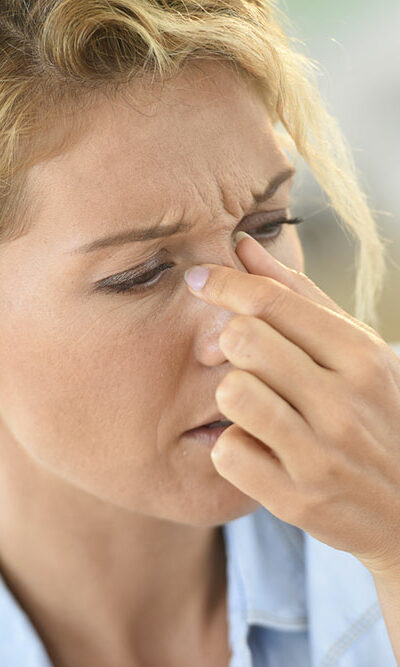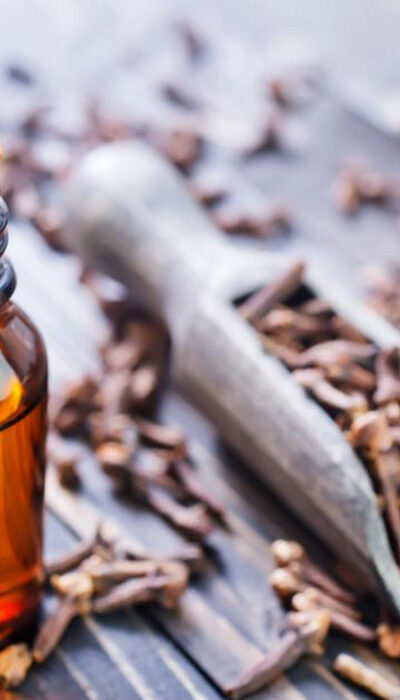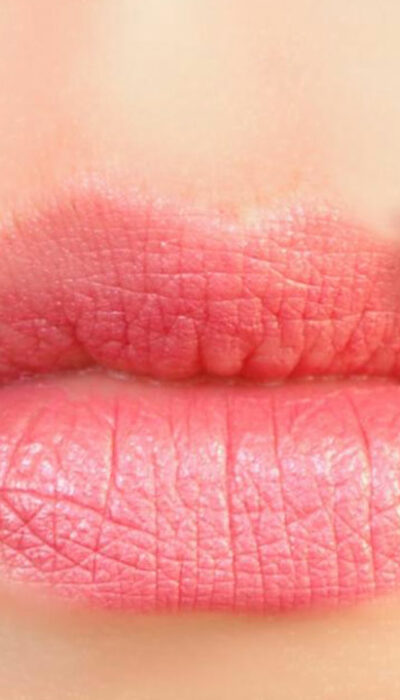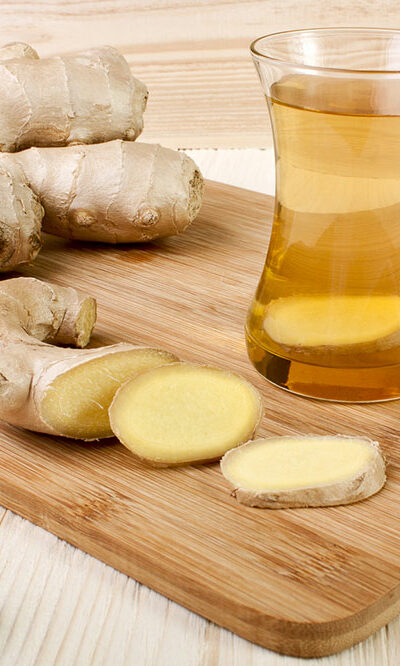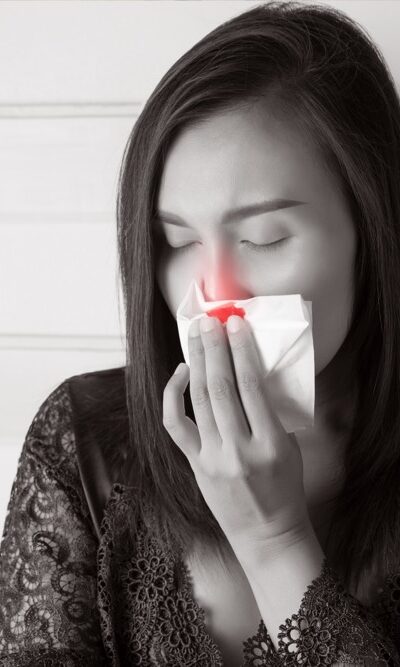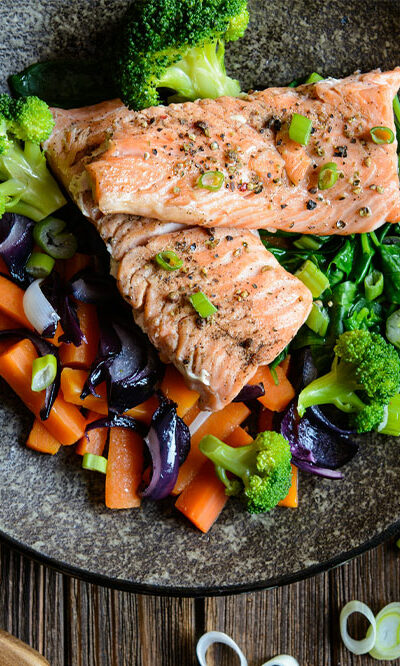
Adult Acne – Causes and Treatment Options
Are you facing an acne problem even when you are in your 30s or 40s? Acne has never been just a teen problem. However, it is infamous for affecting young people. These days, various causes like an increase in pollution and rising stress levels have caused a surge in the number of acne cases in men and women. Getting the right treatment can help adults control an acne breakout. What causes acne? Acne is a skin condition that results in blackheads, whiteheads, pimples, pustules, and a lot more. These unsightly blemishes on the skin are most prevalent in teens because of hormonal changes. However, adult acne is also a common problem. Acne is caused by a buildup of excess body oil (sebum) in the skin pores. This sebum is sticky, and so hair, dust, and other particles stick to it, causing raised bumps. The blocked pores can no longer push out the excess sebum or clear the skin of toxins by sweating. So, the dirt accumulates, creating a conducive environment for bacterial infections. Causes of adult acne While acne breakouts mostly reduce once you enter your twenties, you can still get it if your skin pores are blocked. People with oily skin are especially vulnerable because their skin normally secretes excessive sebum. Adult acne can be triggered by: Environmental pollution Hormone fluctuations Using harsh cosmetic products Using creamy, oil-based skin-care products on oily skin Eating a high-sugar diet Not taking good care of your skin Treatments for adult acne One can use medications, light therapy, and home remedies to treat adult acne. Some of these treatment options are: Adult acne medication For adult acne, you may be asked to use the following — topical applications and oral medications. Topical applications Salicylic acid-based creams: These creams give a gentle exfoliation effect, thus removing dead cells.
